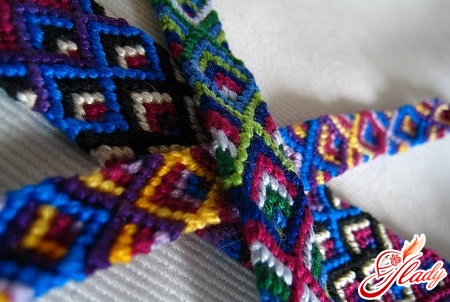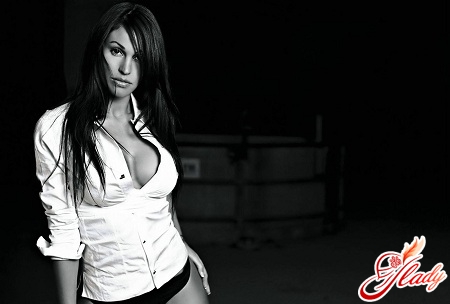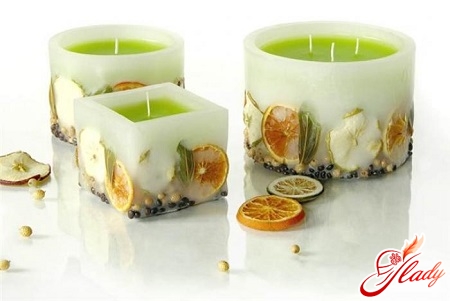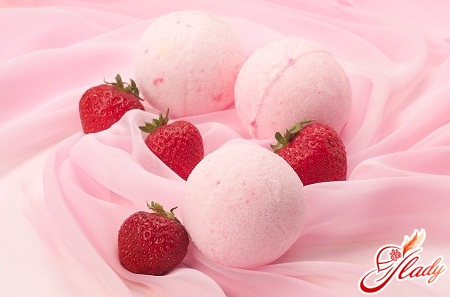
In the seventies it was fashionable to have ormake thread curtains with your own hands, decorated with beads, seed beads and even bells, they were also called muslin or rope. Many still experience pleasant nostalgia when remembering them. But even today it is possible to get hold of such a product, and also make original curtains from threads with your own hands.
Advantages of curtains made of yarn
They are easy to use, simple andoriginal, will please both their owners and their guests with attractiveness, beauty and unusualness for quite a long time. Due to their unusualness, such curtains can perform not only their direct purpose, but also be used as an interior partition. Also, these curtains can cover not very flattering areas in any room. Moreover, the originally made muslin will add brightness and unusualness to the decor. Having a translucent, airy and light structure, thread curtains do not interfere with the passage of fresh air and light, but they can still protect the room from direct sunlight. If you really have a desire to make thread curtains, then, first of all, you need to collect the necessary material for this.
What is necessary for work
The base can be made from either regularfabric, and be woven from the same yarn that will go to the threads, such a base looks much more interesting. It is necessary to choose the material for the threads themselves, and decorations to taste: beads, beads, small toys, badges, buttons, hand-made figurines, and what your imagination is capable of. Bells will also become an original decoration, in addition to the pleasant ringing they produce. But you need to choose bells with a hole so that it is possible to attach them with a thread and a needle. The threads themselves can be made not only from ordinary yarn, the most popular for making such curtains are smooth threads, they have a shine and flow wonderfully. In addition, it is possible to weave threads for muslin from textured and fluffy threads or simply string beads of different shapes and colors on a fishing line with your hands. For each type of decoration that will be attached to the threads, you need to select both a needle and a thread, depending on the color of the decoration and the width of the hole. About 8-10 decorations are attached to each thread. And the thicker the weave of threads, the more securely the decoration should be attached to it.
Calculations for work
The width of the fabric base should be eitherdoorway, or window, or other space that is intended for string curtains. There is an option to use a cornice and rings for regular curtains, then it becomes possible to move the string curtains, and in order to maintain a certain gap between the threads - you need to pass a rope through the rings and attach the rings to it at a given distance. Another option for a base for muslin - a wooden plank with holes, a similar method is good where the curtains are constantly touched by hand, moved, for example, in doorways. Then you should decide how many parts of woven threads to put on the base. For example, for a standard-sized door, 15 parts of threads are usually taken, but you can take both a smaller number and a larger one, here, too, only your own desires and fantasies play a role. In addition, you need to decide on the length of the future curtain. It does not necessarily have to be floor-length, the length of the muslin can be either to the middle or higher, and as you like. And there are plenty of options for the edge of the curtain itself: semicircular, with beveled edges, waves, straight, and combined.
Use and care
Variety of Thread Curtain Decorationsgives an advantage in their use: curtains decorated with bells, buttons or homemade figures will look very good in a child's room; plain ones are suitable for a parent's bedroom; beautiful curtains made of large sparkling beads or glass beads are the best fit for a living room. And if you make combined curtains, made of glass beads and beads, they will become a worthy decoration for a room in an oriental style. The finished product, if desired, can be subjected to various transformations by intertwining or tying some threads together, or simply tying them up, shortening them, thus creating a certain pattern. This will give your interior individuality and a special "zest". Caring for curtains made of threads is quite simple. Before any type of washing, it is important to intertwine the threads together into a braid, fix it for reliability and put it in a cloth bag. Kiseya does not need drying or ironing. It is enough to hang it in place and they will straighten out under their own weight. Hand-made rope curtains or drapes will become an exclusive item, no one else will ever have the same ones.









